Coronavirus: Why China's claims of success raise eyebrows
- Published
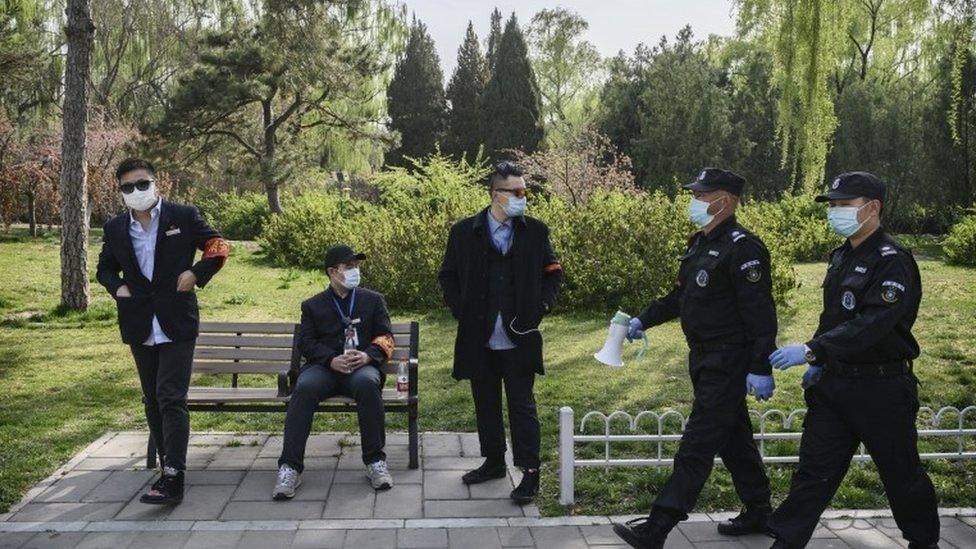
As Covid-19 cases increase in the rest of the world, China claims new cases within its borders have practically stopped
China has reported no new deaths from coronavirus anywhere in the country, for the first time since the beginning of the outbreak. But as the BBC's Robin Brant writes, there are lingering questions over how far these figures, and therefore China's narrative on the outbreak, can be trusted.
For months now, every morning at 03:00, officials in China have put together the latest figures on the spread of the virus to share with the world. As of 7 April, it had recorded 81,740 cases and 3,331 deaths.
The country where the virus emerged has received praise for its handling of the crisis. World Health Organization Director General Dr Tedros Adhanom Ghebreyesus hailed China for the "speed with which [it] detected the outbreak" and its "commitment to transparency".
But despite those warm words from the WHO, there is considerable and persistent doubt about the official statistics and claims of success.
Last week, senior British government minister Michael Gove told the BBC "some of the reporting from China was not clear about the scale, the nature, the infectiousness of the virus".
US President Donald Trump also said last week that the reported death toll and infections seemed "a little bit on the light side". And for some time US lawmakers have accused China of under-reporting the scale of the outbreak.
As cases rise across the world - the US has already far outstripped reported Chinese cases and deaths - some appear to be looking to China for answers on how to "flatten the curve".
But there is growing concern that China is not being entirely honest about the extent of its infections and deaths.
This mistrust is partly about history - and partly about a lack of clarity that inevitably breeds mistrust.


A SIMPLE GUIDE: How do I protect myself?
AVOIDING CONTACT: The rules on self-isolation and exercise
VACCINE: Are we getting closer?
MAPS AND CHARTS: Visual guide to the outbreak

A history of secretive data
China has a bad reputation when it comes to providing official numbers that the world believes.
This is particularly true of data on its economy - the key gauge of progress for the country and the ruling Communist Party.
Unlike most countries, China's quarterly GDP figures have long been regarded as more of a guide than an accurate reflection of its actual economic performance.
Before this pandemic, the government was aiming for around 6% growth in 2020. For years the forecast has almost always been achieved, with virtually no margin of error.
But there are few economists outside China who take that as read. No comparable economy has numbers that deliver on this suspiciously consistent level.
Communist Party dominance sometimes depends on living up to forecasts or targets - even if they aren't actually met - and, conversely, hiding the reality when it doesn't fit the party's stated aim.
Some provincial level officials have been publicly punished for filing faked GDP numbers.
Some estimates put China's actual economic growth at half of the stated number. In the past, some independent analysis using provincial electricity-generating figures suggests a lower GDP than official figures.
If China can face constant accusations that it is opaque about something as significant as GDP, it is not a big step to think it would behave the same way with something as significant as Covid-19.
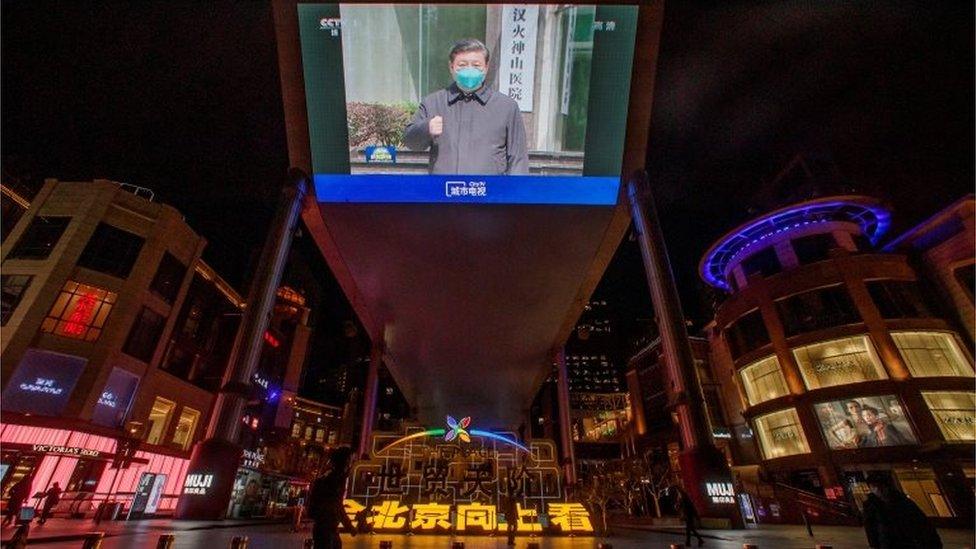
President Xi in Wuhan in March, as shown on a public screen in Beijing
An early cover-up
In recent days, the most senior Communist Party official in Hubei, Ying Yong, urged officials in the province where it all began to "prevent omissions and concealment".
We know this virus began circulating in Wuhan at the latest by December 2019. But it's no secret that China did indeed conceal its existence, its extent and its severity in the early stages.
The mayor of Wuhan long ago admitted there was a lack of action between the start of January - when around 100 cases had been confirmed - and 23 January, when city-wide restrictions were enacted.
China reported the virus to the WHO on 31 December. But we also know that, around that time, a doctor who tried to warn his colleagues about an outbreak of a Sars-like virus was among a group visited by the police.
Dr Li Wenliang and other "whistleblowers" were silenced. Dr Li later died from Covid-19.
A few weeks ago - around the time President Xi Jinping made his first visit to Wuhan since the outbreak - there were no new confirmed cases of the virus in all of mainland China, except Hubei province.
Prof Ben Cowling of Hong Kong University's School of Public Health told me he believes the numbers reported around that time were "an accurate representation of reports at the local level'.
But critics say the key word there is "reports".
Stephen McDonell met people in Beijing heading out after the lockdown
Around the time of President Xi's visit, the Japanese news agency Kyodo News reported the concerns of an unnamed doctor in the city, who said officials were instructing him and others to leave new cases out of the official numbers.
Some in the US government have gone further, according to recent reports from Bloomberg.
It said an official intelligence report to the White House concluded that China's reporting was "intentionally incomplete" and the numbers were "fake".
The reason for covering up the outbreak? They could be multiple: to hide from the public another impending public health crisis, to prevent panic or perhaps to manage the news in the hope it wouldn't escalate and would never fully be revealed.
Changing the goalposts on case numbers
Even if the actual figures reported are considered valid, the empirical integrity of China's numbers has been repeatedly questioned.
From January through to early March, seven different versions of the definition for Covid-19 were issued by the National Health Commission.
Prof Cowling told me that initial testing focused very specifically on only severe pneumonia cases associated with the wet market in Wuhan where the outbreak began.
He now estimates there would be around 232,000 confirmed cases if the latter definitions were used from the beginning. That's about three times as many as has been reported.
"We think the degree of underestimation was greater at the early stage of the outbreak," he says. Then there are asymptomatic cases - those that don't show any symptoms.
Up until last week, China did not include these cases in its tally, even after they had been identified and confirmed.
Prof Cowling said the outbreak on board the Diamond Princess cruise ship in Japan suggested the proportion of asymptomatic cases among those infected could be around 20%.
Coronavirus: Shanghai's deserted streets and metro, filmed in February
President Xi Jinping, and the circle around him, have already started trying to repair their reputation and China's standing.
Last week China's Premier Li Keqiang - the number two in Chinese politics - said "all localities must insist on the open and transparent release of information".
Dr Li and the other whistleblower doctors who were initially punished and have since died from the virus were declared official national martyrs.
Weeks after the lockdown of Wuhan, state media reported claims that the president had personally led meetings about it in the first week of January, although this wasn't reported at the time.
China has sent aid and medics to countries most in need, like Italy, but also others, like Serbia, that are needy allies.
And the Chinese government claims the first stage of human trials of a possible vaccine have been completed, in just weeks.
Whether or not the data it's providing is accurate, it does look like China is starting to emerge from the worst of this crisis, and it's clear that the country that gave birth to this global outbreak now wants to be seen as the country that can end it.
- Published7 April 2020
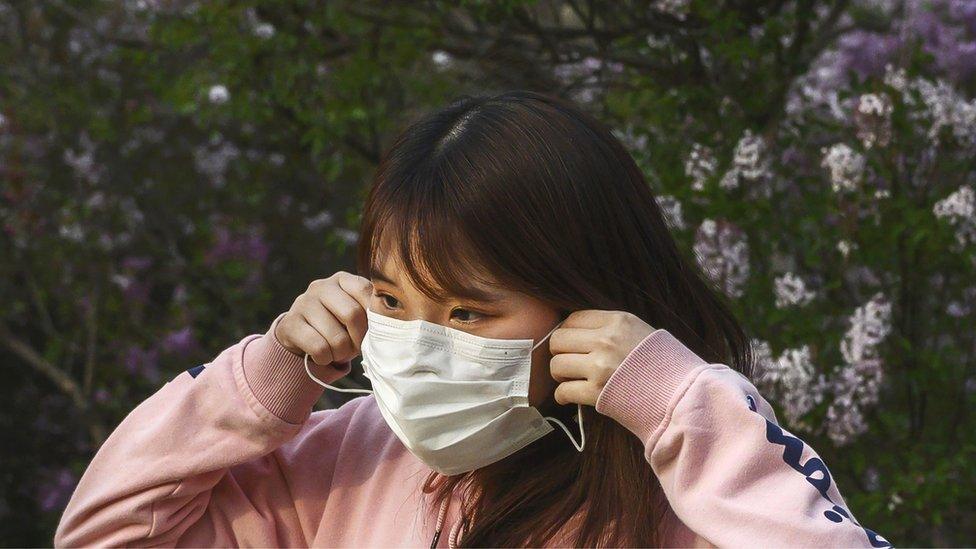
- Published13 March 2020
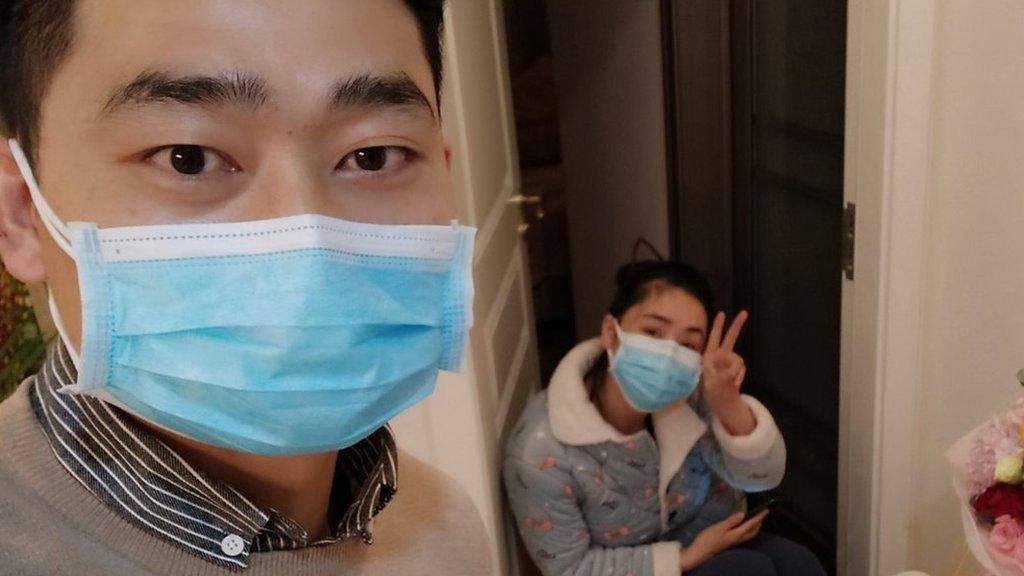
- Published5 July 2022
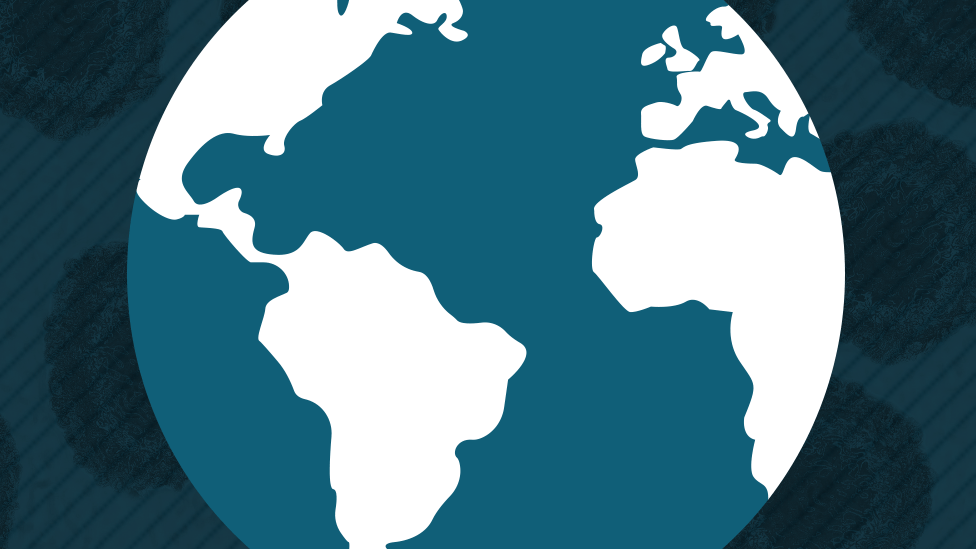
- Published21 March 2020

- Published5 February 2020
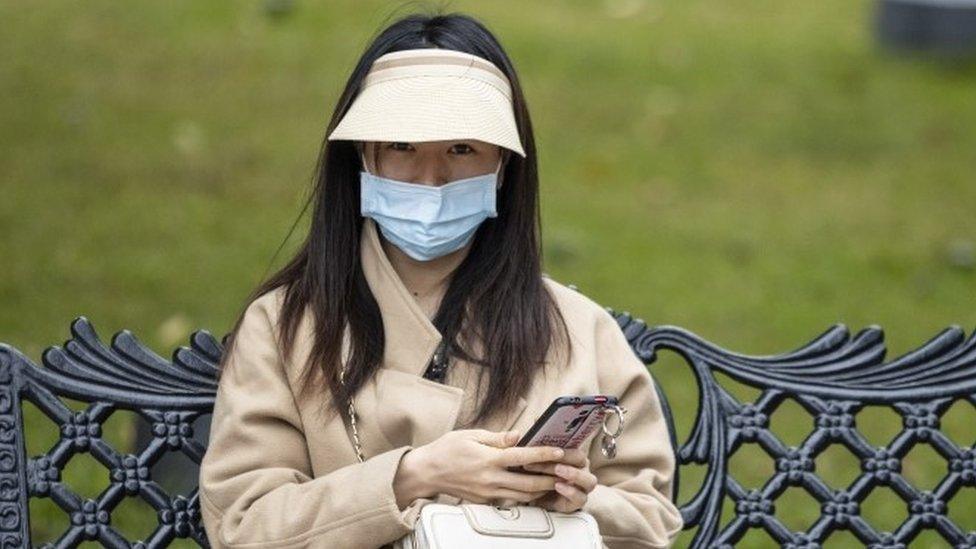
- Published27 March 2020
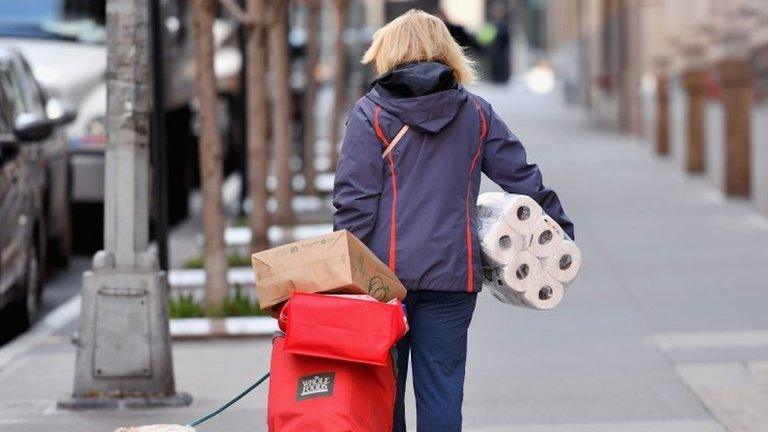
- Published20 January 2017
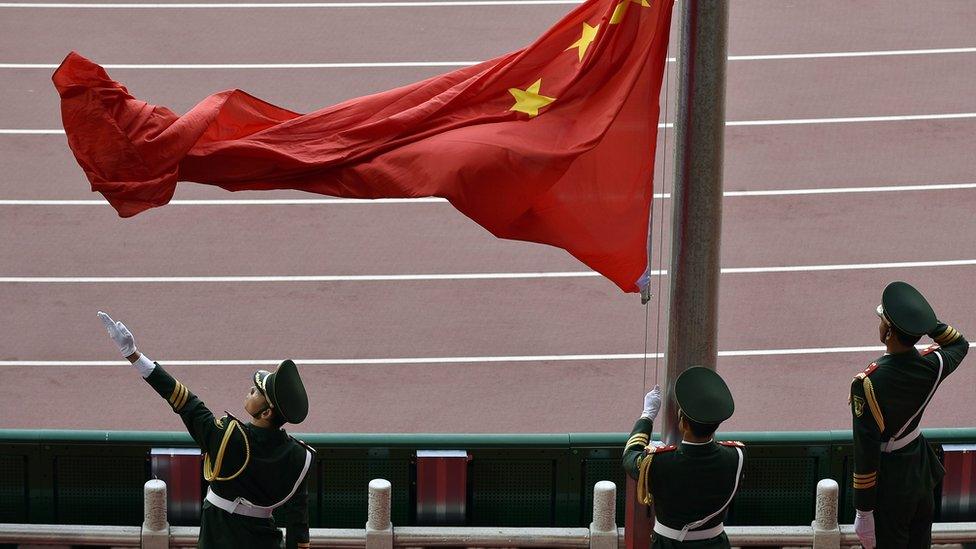
- Published6 February 2020
